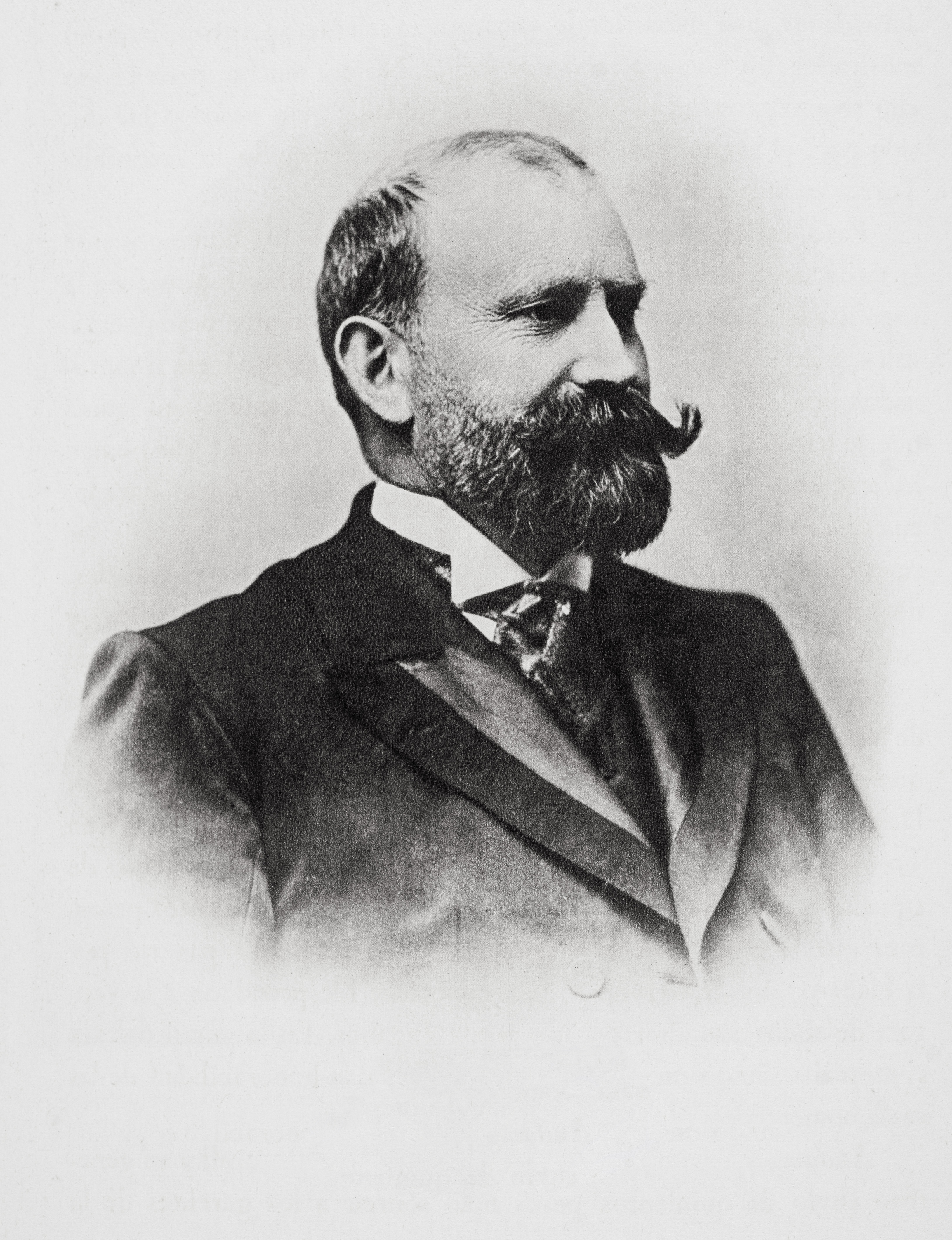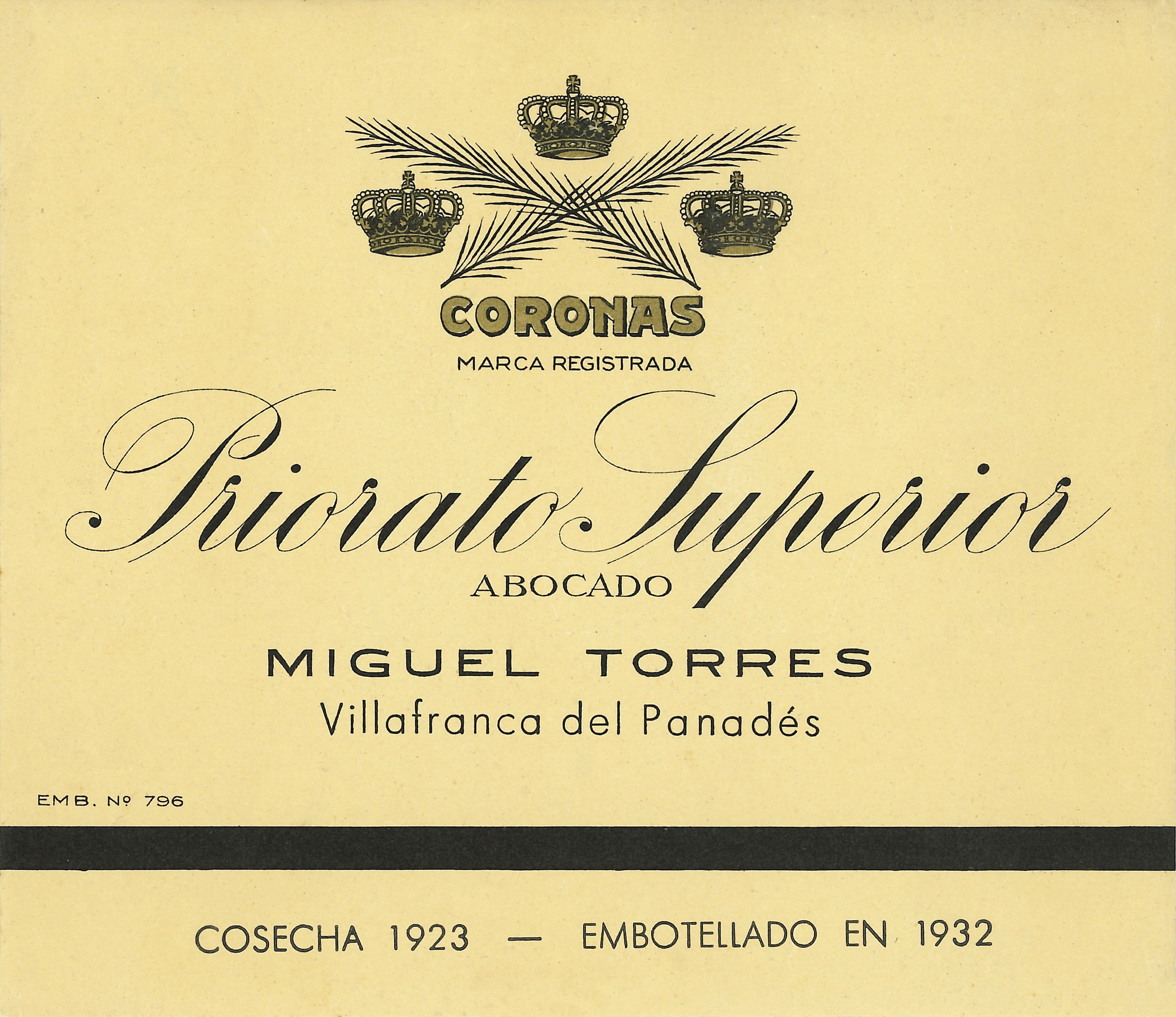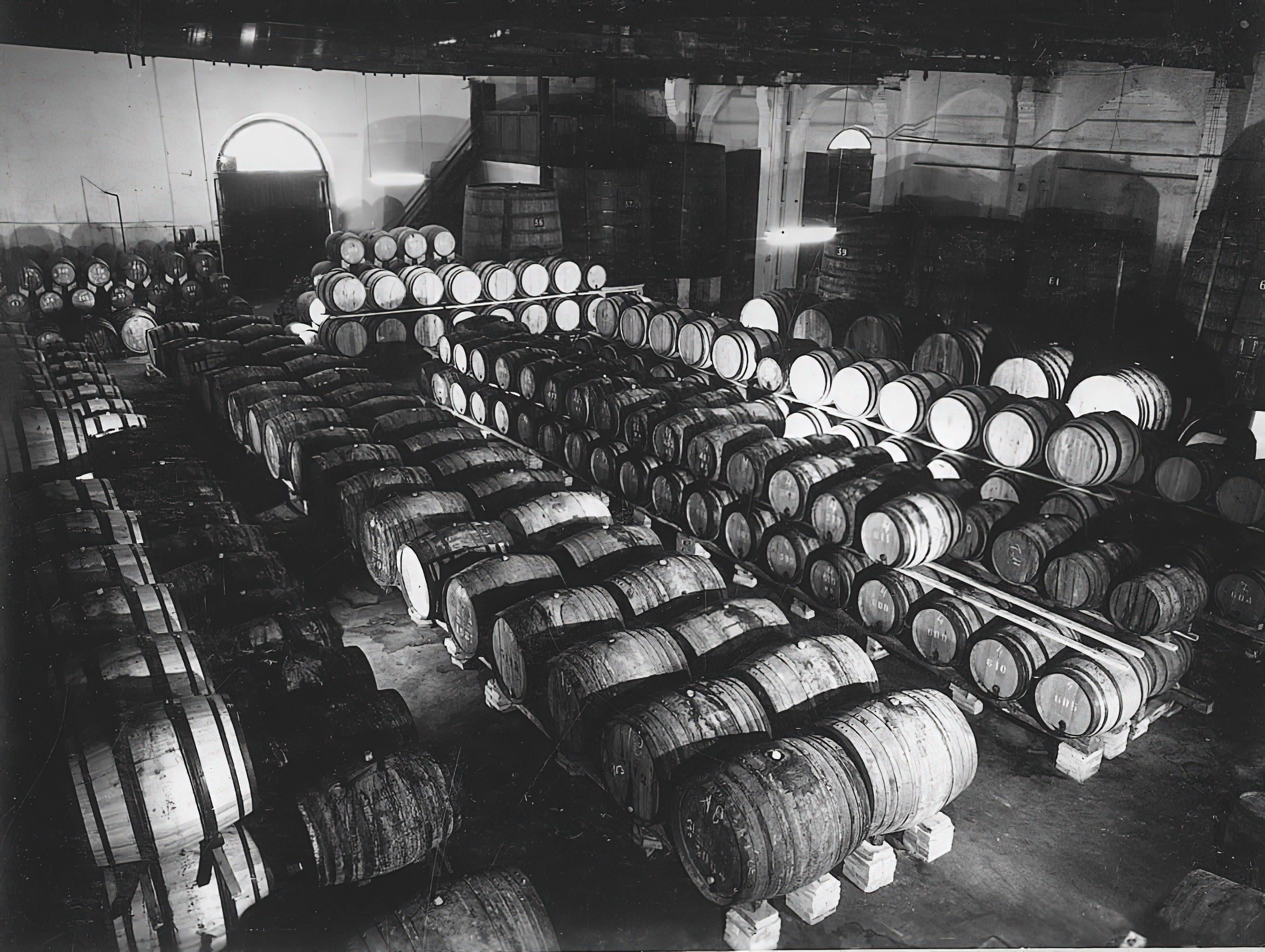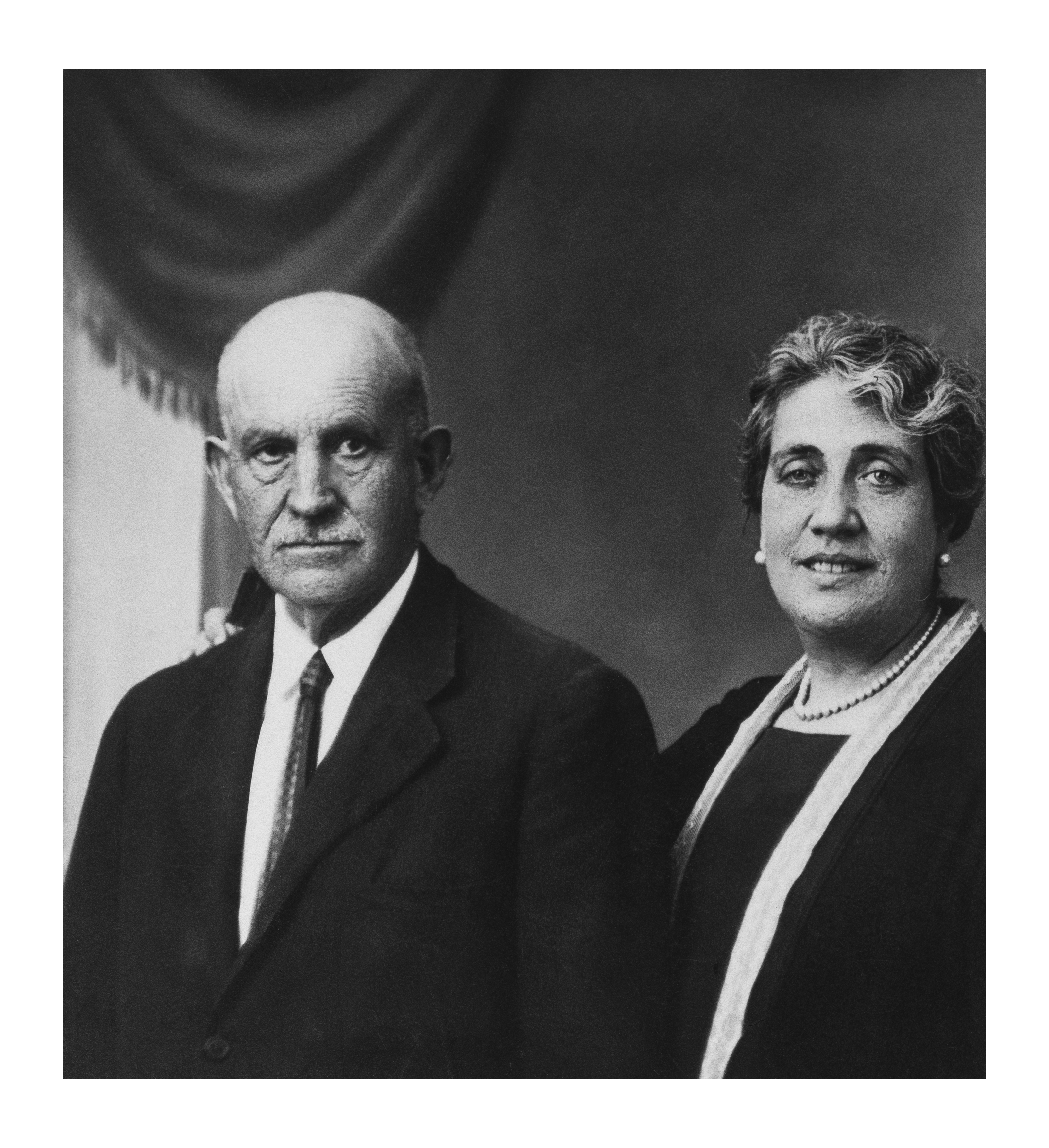FAMILIA TORRES: JUAN TORRES CASALS & JOSEFA CARBÓ: 2nd GENERATION

Strength and Perseverance in Tumultuous Times
After the death of Jaime Torres, the responsibility of running the Torres wine business fell to his son Juan, who decided to keep the company shares. This all took place in a tumultuous period when uncertainty and chaos hung above humanity like the Sword of Damocles. The 20th century had only just begun, but it already cast a long shadow… Spain was engulfed in social and political unrest, with unstable governments and general strikes; Cuba was mired in a sugar crisis, and World War I was looming.
How do you keep a company afloat in times like these?
The answer can be found in the Torres family’s intangible heritage, perhaps the most characteristic traits one generation has passed to the next: entrepreneurship, perseverance, and a vision of the future. These values inform the family’s endeavours and decisions to this day.

Portrait of Juan Torres Casals
JUAN TORRES CASALS
“Juan was the most devoted to the wine business, which he poured himself into since his youth.” Luis Almerich (from the book Bodas de Diamantes de la Casa Torres)
The family needed someone like Juan Torres at the helm, someone decisive and tenacious, capable of navigating the turbulent political, economic, and social waters of the time.
Born in 1865, Juan Torres ran the winery until 1932. He was responsible for registering the Coronas trademark on 7 February 1907. He was also behind one of the oldest labels that has been preserved at Familia Torres: a 1923 vintage Priorat wine, bottled in 1932, the year Juan Torres died.

Label of a 1923 vintage Priorat sold by Casa Torres under the Coronas brand
Social and Political Upheaval in Spain, World War I, and the Cuban Sugar Crisis
Juan Torres had to contend with tumultuous times, marked by several events:
- World War I broke out in 1914 and international markets collapsed. Although certain sectors like the textile industry benefitted from the war effort, producing uniforms and footwear for the soldiers, wine – a drink that celebrates peace and conviviality – was not experiencing its best moment.
- The war came on the heels of Spain losing its overseas colonies, and the country’s constant political setbacks generated a climate of uncertainty and fear.
- At the same time, the Cuban sugar industry, which had boomed during a shortage in Europe, fell victim to over-speculation, and, as is always the case, the bubble burst. Torres, which had economic interests on the island, suffered significant losses.
Make a Virtue (and Brandy) Out of Necessity
Juan Torres’s determination never wavered, so he took action, and brought the winery to a whole new level:
- Plunged into financial ruin, most local banks closed, but Banco Gelats (a Catalan institution that Jaime Torres had already done business with) managed to survive. And so, amid all this turmoil, Juan Torres travelled to Cuba to meet with the Gelats family and clients, manage the accounts, and open up new markets in the United States. But he brought something else home too…
- Ideas. He returned with fresh inspiration to consolidate and expand the business. Seeing how spirits offered interesting business opportunities on the island, he came out ahead of competing drinks such as whiskey.
- In 1928, he decided to oak-age the spirits distilled from his wines - this marked the birth of Torres brandies. His first effort was a smooth aromatic brandy distilled from a selection of the finest Penedès white wines. He opted for copper pot stills and artisanal distillation methods followed by ageing in French oak barriques.

Early 20th century: oak barriques used to age wines and brandies at the winery located on Carrer Comerç in Vilafranca del Penedès
An interesting side note: in addition to running the family business, Juan Torres served as mayor of Vilafranca del Penedès between 1923 and 1924.
From Catalunya to the World
Torres wanted to use French techniques to set his brandies apart and give them a unique character.
- The Montpellier school and Arnau de Vilanova most likely shaped the Catalan preference for the Charentais method, which employs double distillation copper pot stills and is famously responsible for producing cognac. The technique is associated with the world’s finest brandies.
- Juan Torres began shipping his brandies to various American markets (Cuba, Mexico, and the United States) in addition to wines, vermouth, tonic wines, and liqueurs. Torres products earned consumer trust and became synonymous with quality.
- In Veracruz and Campeche (Mexico), the Catalans are still remembered as introducing brandy and making the first mixed drinks. Nowadays, the prestige of our brandies is part of our identity in Mexico, where brandy & coke has an almost religious following.
JOSEFA CARBÓ HUGUET
A strong woman of unshakeable principles, Josefa Carbó took the reins at the winery after Juan Torres, her husband, died in 1932. She was instrumental in guiding the company’s subsequent steps. And she did so, unsurprisingly, in a socially and politically explosive climate.

Around 1930: portrait of Juan Torres Casals and his wife Josefa Carbó
- The situation between the Spanish state and workers exploded that same year. A general strike descended into chaos and violence when the government cracked down with force. This only added to the workers’ grievances, and they struck back as vehemently as they had been hit. They set factories on fire and derailed trains; engaged in sabotage, shoot-outs, and bombings.
- Josefa Carbó never forgot the decidedly unfriendly visits from picketers with bad intentions. The good lady took to her bed and pretended she was ill and crippled so that they would not take her away.
- Josefa Carbó provided her son Miguel, then 23 years old, a rock to lean on. At the time he was studying chemistry and pharmacology, unaware that he would helm the winery in the years to come.
The Torres family has carried this historical legacy, with its many humanist facets, into the present and continues to pursue excellence with each spirit it makes. A modern and innovative form of alchemy, if you will, which has infused our brandies with distinctive quality, character, and elegance since 1928.
